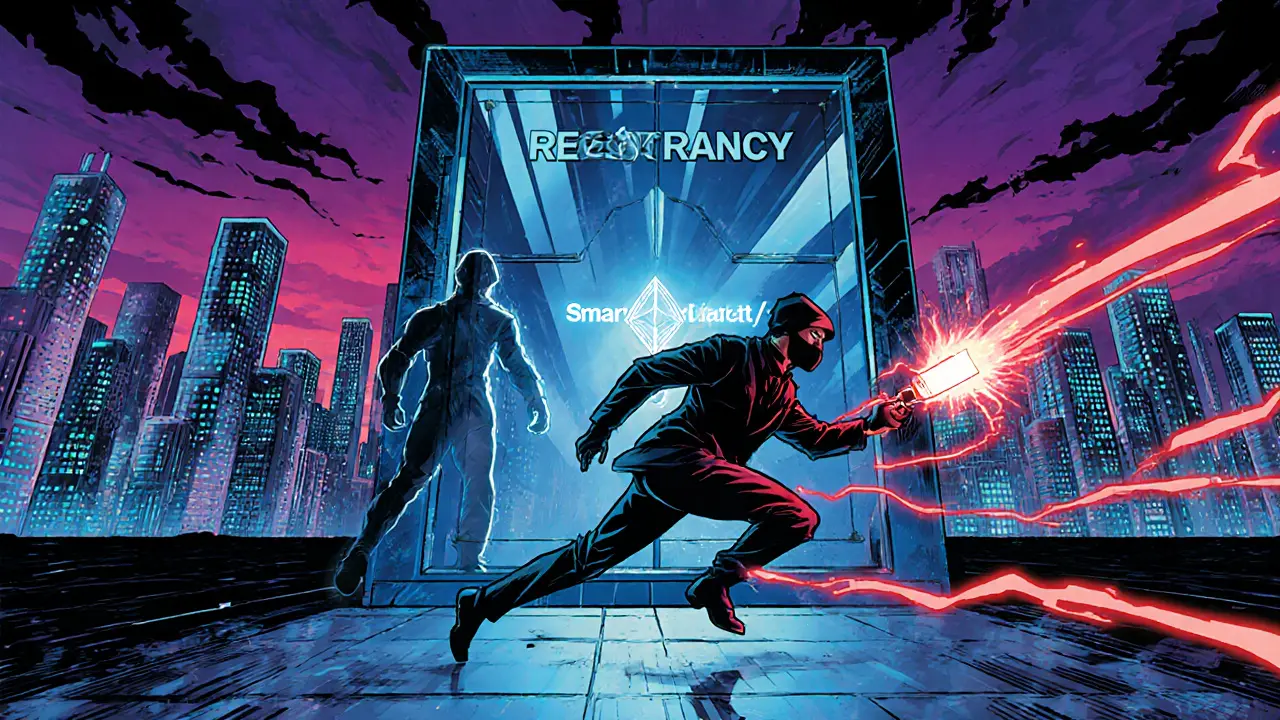DAO hack – real stories, lessons, and tools
When diving into DAO hack, an unauthorized breach of a Decentralized Autonomous Organization’s treasury or governance contracts. Also known as DAO breach, it forces the crypto world to rethink on‑chain security.
Every time a DAO hack makes headlines, it reminds us that decentralized systems aren’t immune to classic hacking tricks. The impact spreads fast: investors lose funds, community trust erodes, and regulators start poking around. Understanding the anatomy of these attacks is the first step toward protecting your own projects.
One of the most effective shields is a Smart contract audit, a thorough, third‑party review of code that hunts for bugs, logic errors, and economic exploits. DAO hack encompasses smart contract vulnerabilities, so a solid audit can catch insecure functions before a thief can weaponize them. Auditors use formal verification, fuzzing, and manual walkthroughs to surface hidden flaws.
Even a perfectly audited contract can fall victim to a Flash loan, an uncollateralized loan that must be repaid within a single blockchain transaction. Attackers borrow huge sums, manipulate price oracles, and squeeze funds out of a DAO in seconds. Flash loan exploits influence DAO hack by turning a short‑term capital surge into a permanent loss.
Beyond code, DeFi governance, the voting and proposal system that lets token holders steer protocol changes often serves as the soft underbelly. Poorly designed voting thresholds or delegated power can let a malicious actor push a harmful proposal through. DeFi governance failures enable DAO hack when the community cannot react quickly enough.
Immutable blockchain records become priceless after an incident. Every transaction, proposal, and state change stays on‑chain, giving investigators a clear audit trail. By parsing these logs, analysts can reconstruct the exact steps an attacker took, helping future projects patch the same weakness.
Real‑world cases illustrate these patterns. The Thodex exit scam showed how a central exchange can vanish with billions, while the Catalyx collapse highlighted governance lapses. Both incidents share DNA with DAO hacks: inadequate audits, exploitable financial flows, and weak oversight. Learning from them sharpens our defense playbook.
Practical defenses include bug‑bounty programs, automated simulation tools, and multi‑sig treasury designs. Running a mock attack with a flash‑loan emulator can reveal hidden vectors before a real attacker strikes. Pairing these tools with regular audits builds a layered security model that resists even sophisticated DAO hacks.
Looking ahead, cross‑chain DAOs and AI‑driven governance promise new capabilities—but also fresh attack surfaces. Staying ahead means monitoring emerging threats, updating audit standards, and continuously educating community members about security best practices.
Below you’ll find a curated collection of articles that dive deeper into each of these topics, from audit case studies to flash‑loan exploitation tutorials and governance reform guides. Use them as a roadmap to fortify your own DAOs and navigate the evolving security landscape.

